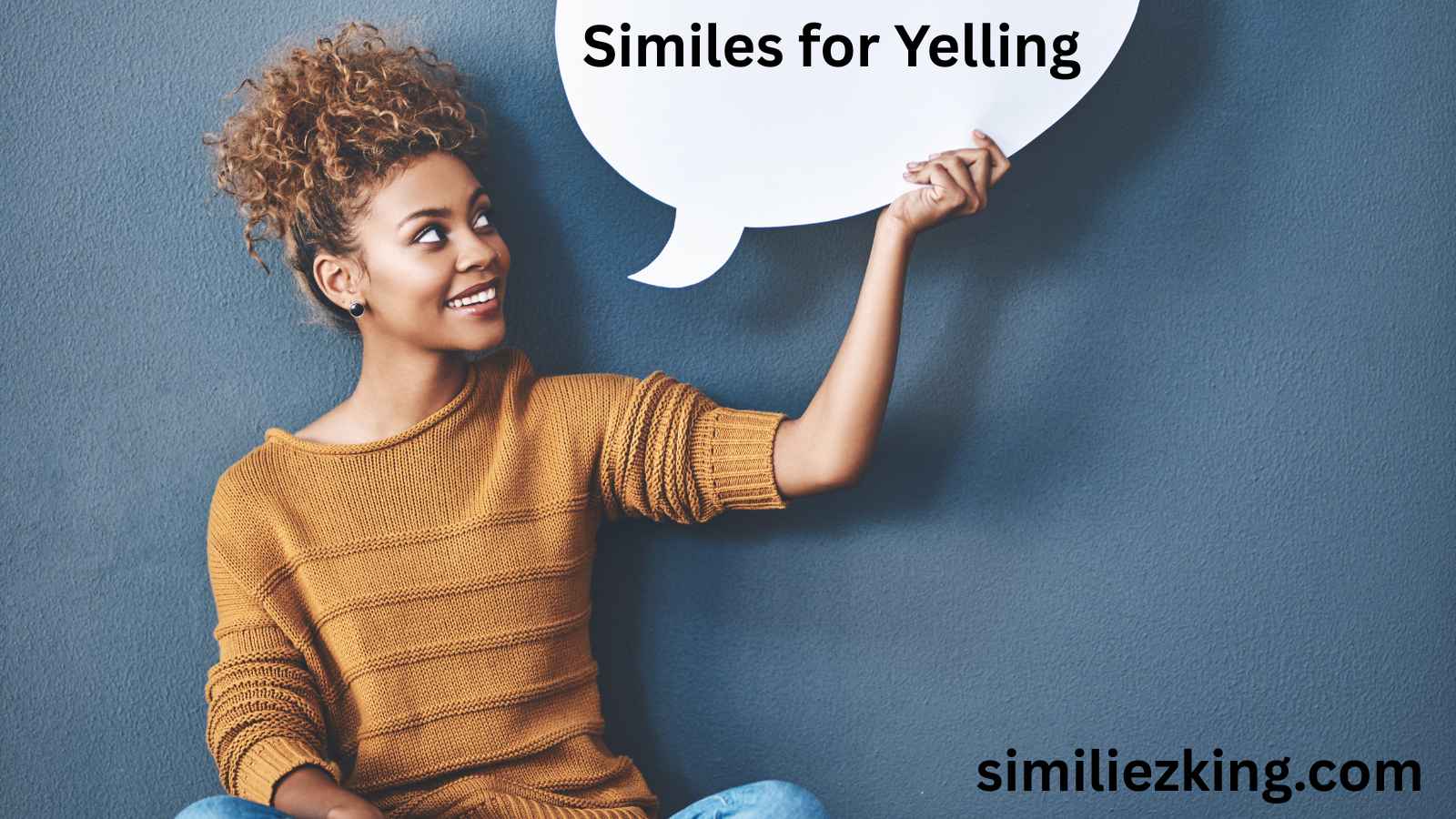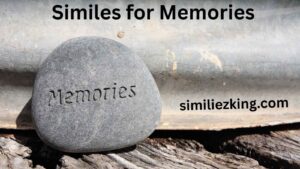Introduction
Language is full of color, creativity, and comparison. One of the most expressive tools in English is the simile—a figure of speech that compares two different things using connecting words like “as” or “like.” For example, “as brave as a lion” or “runs like the wind.” These vivid expressions help paint pictures in the minds of readers and listeners.
But when we talk about similes, we often fall back on the same generic phrase: “words used for similes.” While that is technically correct, it is not always the most elegant, engaging, or context-appropriate way to describe these expressions. Depending on whether you’re writing formally, speaking casually, or crafting a poem or a business email, there’s a better way to say it.
In this article, we will explore more than ten effective and context-sensitive alternatives to the phrase “words used for similes.” You’ll learn the nuances of each term, when to use them, and how to choose the most suitable one depending on the tone you want to convey.
What Is a Simile?
A simile is a literary device that draws a direct comparison between two different things using “like” or “as.” It is widely used in everyday speech, literature, advertising, and storytelling to make descriptions more vivid or relatable.
Examples of Similes:
- She was as graceful as a swan.
- He fought like a warrior.
- Her smile was as bright as the sun.
Similes are powerful because they draw on familiar imagery and emotional associations.
Why Look for Alternatives to “Words Used for Similes”?
Saying “words used for similes” is functional but lacks flair and adaptability. Depending on your audience and your goal, using alternative expressions can:
- Improve clarity
- Increase engagement
- Sound more natural
- Fit better within academic, creative, or casual tones
Let’s now explore more than ten refined alternatives to help you express the idea of “words used for similes” with precision and style.
1. Comparative Expressions
Definition: Phrases or words that show comparison between two different things.
Best For: Formal writing, academic contexts, and presentations.
Example Sentence: “Writers often rely on comparative expressions to add depth to their storytelling.”
Tone Nuance: Neutral and scholarly.
2. Figurative Language
Definition: A broad category that includes similes, metaphors, personification, and more.
Best For: Academic writing, literature classes, or any setting where broader language tools are discussed.
Example Sentence: “Similes are a classic form of figurative language that enriches the reader’s experience.”
Tone Nuance: Educational and descriptive.
3. Descriptive Comparisons
Definition: Phrases used to vividly describe one thing by comparing it to another.
Best For: Creative writing, marketing copy, casual writing.
Example Sentence: “Her poetry is full of descriptive comparisons that make emotions come alive.”
Tone Nuance: Creative and slightly informal.
4. Like/As Phrases
Definition: Phrases that use the structure of “like” or “as” to form comparisons.
Best For: Teaching ESL students, casual explanations.
Example Sentence: “Many idiomatic expressions are simply like/as phrases in disguise.”
Tone Nuance: Friendly, approachable.
5. Vivid Imagery
Definition: Language that creates strong mental images, often through comparison.
Best For: Storytelling, marketing, and informal conversation.
Example Sentence: “The author uses vivid imagery to draw readers into her world.”
Tone Nuance: Imaginative and emotional.
6. Creative Analogies
Definition: Imaginative comparisons that go beyond literal meanings.
Best For: Thought leadership articles, essays, presentations.
Example Sentence: “Effective speakers often employ creative analogies to illustrate complex points.”
Tone Nuance: Clever and professional.
7. Comparative Phrases
Definition: Any phrase that sets up a comparison between two ideas or images.
Best For: Formal writing, business communication.
Example Sentence: “He used several comparative phrases to emphasize the contrast between the two systems.”
Tone Nuance: Professional and clear.
8. Imaginative Language
Definition: Language that evokes creativity and paints mental pictures.
Best For: Children’s books, creative writing, blogs.
Example Sentence: “Using imaginative language, the storyteller transported us to another realm.”
Tone Nuance: Light, magical, expressive.
9. Expressive Comparisons
Definition: Comparisons that communicate feeling, tone, or artistic expression.
Best For: Poetry, song lyrics, personal essays.
Example Sentence: “Her song is full of expressive comparisons that reveal raw emotion.”
Tone Nuance: Emotional and poetic.
10. Simile Constructions
Definition: The grammatical and stylistic formation of similes.
Best For: Linguistic discussions, grammar guides.
Example Sentence: “Students practiced building simile constructions using common adjectives and nouns.”
Tone Nuance: Technical and academic.
11. Visual Descriptors
Definition: Words or phrases that describe something using visual comparisons.
Best For: Visual storytelling, creative writing.
Example Sentence: “She painted the scene using visual descriptors that brought every color to life.”
Tone Nuance: Artistic and sensory.
12. Comparative Devices
Definition: Tools used in language to show similarities or contrasts.
Best For: Academic writing, rhetorical analysis.
Example Sentence: “Similes and metaphors are both considered comparative devices in English rhetoric.”
Tone Nuance: Analytical and formal.
How to Choose the Right Alternative
Choosing the right term depends on your audience, intent, and medium. Here are some quick guidelines:
| Context | Recommended Term |
| Academic Paper | Figurative Language, Comparative Devices |
| Creative Writing | Imaginative Language, Vivid Imagery |
| Business Communication | Comparative Expressions, Comparative Phrases |
| ESL Teaching | Like/As Phrases, Simile Constructions |
| Poetry & Songwriting | Expressive Comparisons, Creative Analogies |
15 User-Friendly Texting Examples
Below are some quick, easy-to-understand similes and the context in which they might appear in texting. These are casual, optimized for clarity and engagement.
- “I’m as tired as a sloth on a hot day.”
- “You shine like a diamond, bestie!”
- “That exam hit me like a truck.”
- “He’s as lost as last year’s remote.”
- “You’re as sweet as bubble tea.”
- “I feel like a zombie after that meeting.”
- “As awkward as a penguin in the desert rn.”
- “Your mood changes like the weather!”
- “My WiFi is as slow as molasses.”
- “That was smooth like butter — nice one!”
- “She’s as cool as the flip side of a pillow.”
- “This heat is like standing in an oven.”
- “You’re glowing like a firefly in the dark.”
- “He’s running like he’s late for Black Friday deals!”
- “As quiet as a cat stalking a laser dot.”
These expressions are relatable, modern, and friendly, making them ideal for texting, messaging apps, and social media captions.
Conclusion
Similes are powerful tools in everyday language, literature, and beyond. However, describing them with the same old phrase, “words used for similes,” can be limiting and dull. With more than ten alternatives provided here—from figurative language to expressive comparisons and creative analogies—you now have a vocabulary that matches your tone and intent.



